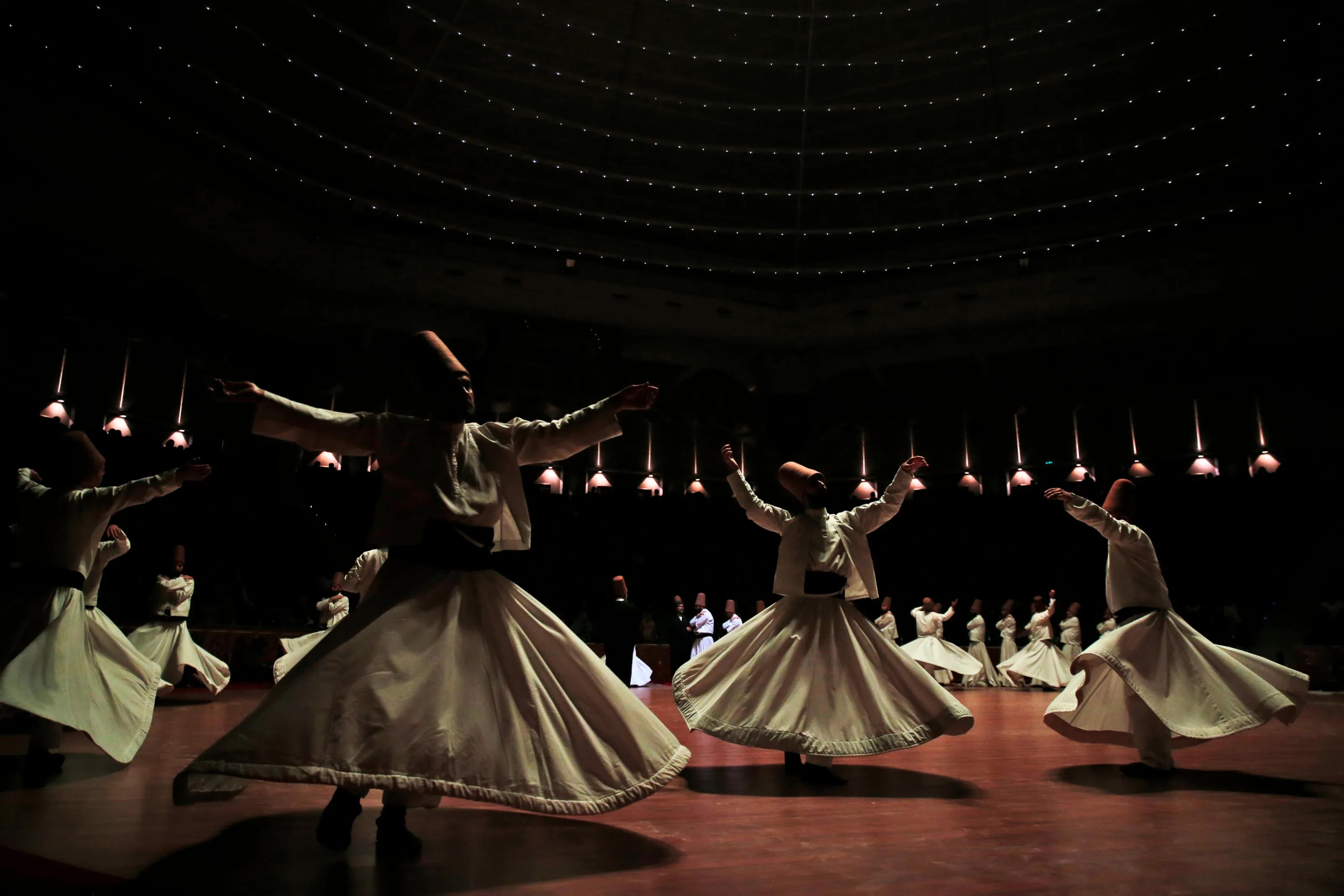
Mevlana and the Sema Ceremonies: The Spiritual Journey of Sufism
3 mins read 11/15/2024 Comments (0)
One of the indispensable elements of Turkish culture and Konya tourism, the ceremonies of Mevlana and Sema are not merely rituals but also profound expressions of a spiritual journey and the teachings of Sufism. Each year, thousands of visitors flock to Konya, the hometown of Mevlana, making it essential to explore the meaning behind these ceremonies to understand the significance of this spiritual journey.
Mevlana is one of the most influential Sufi thinkers of the 13th century, and his teachings focus on delving into the depths of the human soul and comprehending universal love. His life and thoughts constitute the cornerstones of Sufism. Mevlana's message encourages individuals to turn inward, undergo a spiritual purification, and ultimately strive to unite with God. This teaching is clearly reflected in his most famous works, the Masnavi and Divan-ı Kebir.
The Sema ceremony is a concrete expression of Mevlana's teachings and is one of the most significant rituals of Sufism. These ceremonies, developed by Mevlana's students, represent a form of spiritual journey, particularly renowned for the ceremonies held at the Mevlana Museum in Konya. Sema is not just a dance but also a method of meditation and spiritual purification. During Sema, the dervishes in the dergah's seclusion embark on their inner journey while spinning. This movement symbolizes both a physical and spiritual transformation process. As they spin, the dervishes dedicate themselves and all existence to God.
Konya tourism offers a unique opportunity for those wishing to experience this spiritual journey. Every year, visitors from all over the world come to Konya to visit Mevlana's tomb and participate in the Sema ceremonies. The city hosts numerous sites and structures related to Mevlana's life and teachings; among them are the Mevlana Museum, Shams-i Tabrizi Mosque, and Karatay Madrasa. These visits provide both a cultural and spiritual experience, allowing people to feel the depths of Sufism.
The Sema ceremony embodies the essence of Sufism, with the center of these rituals being a tangible expression of the dervishes' quest for God. This ritual is not just a stunning performance but also a journey of spiritual purification and self-discovery. Each turn is seen as a step deeper into the experience of seeking closeness to God. The dervishes' attire and movements symbolize this spiritual journey; the white garments represent purity and the direction toward the otherworldly, while the act of spinning signifies the continuous change of existence and the return to the center of God.
In conclusion, Mevlana and the Sema ceremonies are not just a spiritual practice but also a cultural heritage and an expression of an individual's inner journey. Accessing these spiritual experiences through Konya tourism provides a unique opportunity for those wishing to explore both individual discovery and cultural context. This deep journey of Sufism enriches individuals spiritually and carries Mevlana's universal message into the present day.

